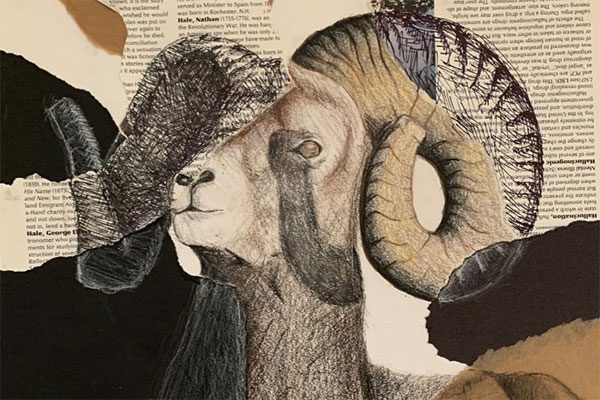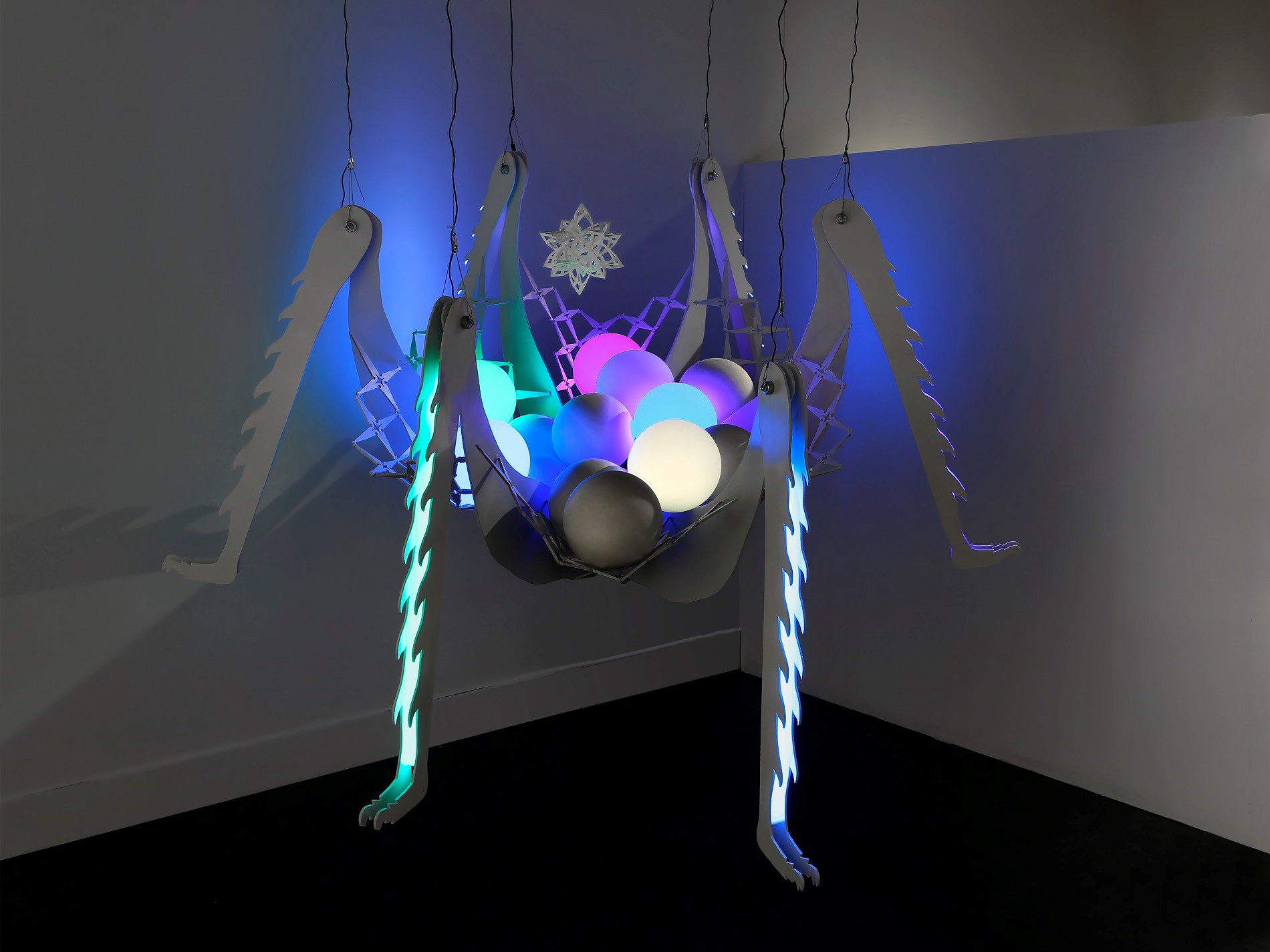
In The CYD Secondary Arts Project, a two year pilot program, Seattle Public Schools and The Creative Advantage specifically designed arts programming to reach and engage high school communities who were unstably housed or unsheltered. In 2018, ARTS received funding through the Human Services Department (and the endorsement of the Mayor’s Innovation Team) to provide high quality and culturally-relevant arts to chronicle the role of arts and creative youth development approaches to boost school attendance, classroom engagement, and matriculation.

ARTS partnered with two schools, Southeast Interagency High School (87% BIPOC students and 30% of total enrolled students self-reported being unstably housed) and South Lake High School (where there are nearly 100% BIPOC students, of which 50% are unstably housed). Future iterations of the program will include the Seattle World School, which is 100% recent immigrant and refugee youths and at least 30% reported in recent years as being unstably housed.
The program engaged a number of community arts partners including WeAPP, a speech writing and public speaking program, The Acting Lab (created and taught by Steve Sneed), where students learn the fundamentals of theater, and Print 4 Life (created and taught by Greg Thornton), a program that teaches students the mechanics of screen printing and gives students first-hand experience with entrepreneurship. Local government agencies beyond the arts sector are recognizing the importance of the arts in reaching harder to reach vulnerable communities.
To tell the impact story of this partnership, we collaborated in the data collection to share the social impact that these programs had on aggregate with our young people, without stigmatizing the individual youth’s circumstances themselves. We conducted interviews at all levels of administration, teaching artists, youths; shared light anonymous paper surveys; and examined the creative works that emerged over the course of this two year pilot. In other words – we wanted to tell a story not just with GPA and graduate rates – but a more holistic account of what we observed, knowing that our programs allowed young people to tell their own stories, boosted their engagement in the classroom, and allowed them to access creative marketplaces with their wares.
Young people also gained close knit relationships with their BIPOC teaching artists, brimmed with excitement over the culturally-relevant teaching and learning assignments, and used their artwork to channel grief and trauma that is an ongoing part of the circumstances of navigating economic uncertainty and houselessness, and at times, street violence and loss of life.
The pivot to online learning due to COVID-19 during the Governor’s Stay at Home orders brought significant challenge to both teachers and our evaluation process, but all of this is documented to the best of our knowledge in our follow up addendum. To review other research on arts education visit our research section here.
This series of papers was written by Hannah Curtis, University of Washington, sociology doctoral student, who is currently also a National Science Foundation Graduate Research Fellow hired as a consultant, with significant contribution from Mytoan Nguyen-Akbar, PhD, and Tina LaPadula, employees at the City of Seattle Office of Arts & Culture. We are grateful to our SPS partners at all levels, community arts partners, and the young people for being so giving of their time. Thank you to HSD for their financial partnership and the Mayor’s Innovation and Performance Team, for support in arranging this pilot partnership.


